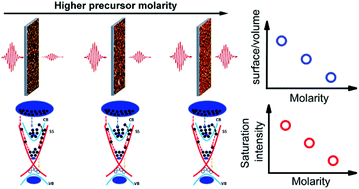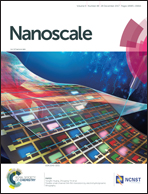Optical nonlinearity engineering of a bismuth telluride saturable absorber and application of a pulsed solid state laser therein
Abstract
Saturable absorbers (SAs) have interesting applications for the realization of pulsed lasers in various wavelengths of fiber and solid-state lasers. Topological insulators (TIs) have been recently discovered to feature saturable absorption due to their unique band structure. In this study, high-purity layers of Bi2Te3 thin film SA have been successfully prepared using the spin coating–coreduction approach (SCCA). Compared with the typical method of preparing SAs, the SCCA can be used to prepare topological insulator saturable absorbers (TISAs) with high optical quality, large area consistency, and controllable thickness, which is critical for pulsed lasers. To the best of our knowledge, this study is the first observation and discussion of clear thickness-dependent optical nonlinearity. In this study, a Q-switched bulk Nd:YAG laser is demonstrated and investigated using the prepared TISA as the absorber. The timing jitter and amplitude fluctuation of the stable pulse laser indicated that the SCCA is suitable for fabricating a Bi2Te3 SA. Furthermore, the SCCA enables the establishment of a pulsing laser through saturation intensity engineering.



 Please wait while we load your content...
Please wait while we load your content...